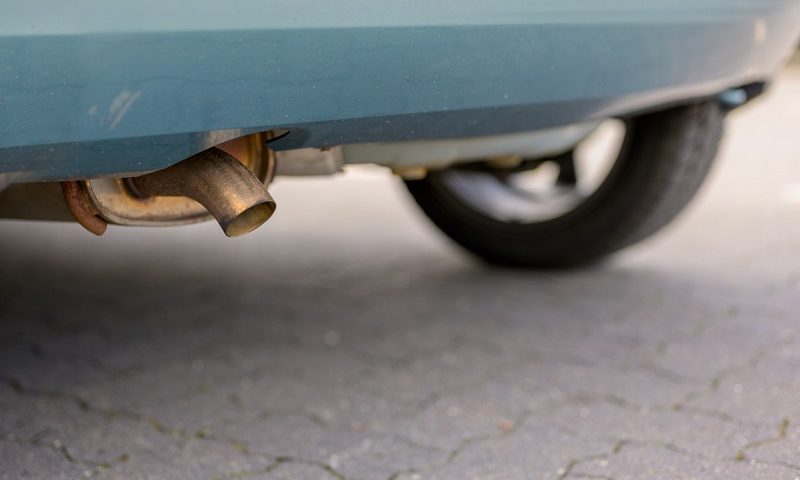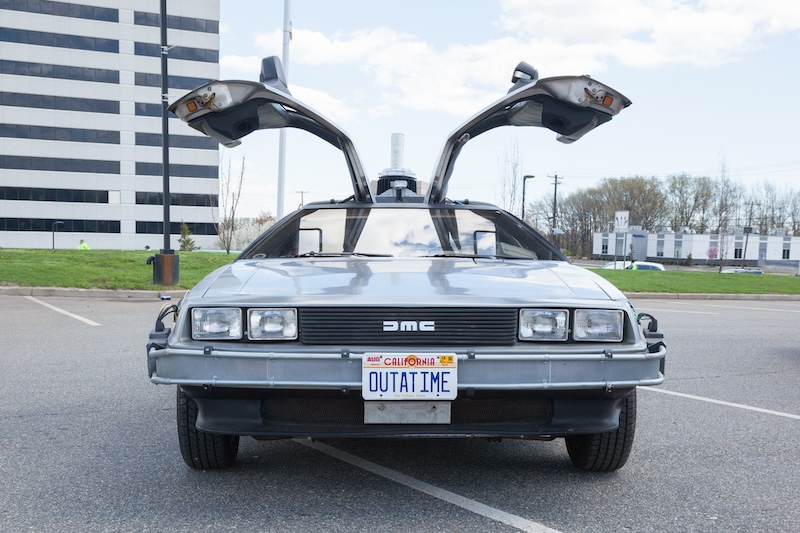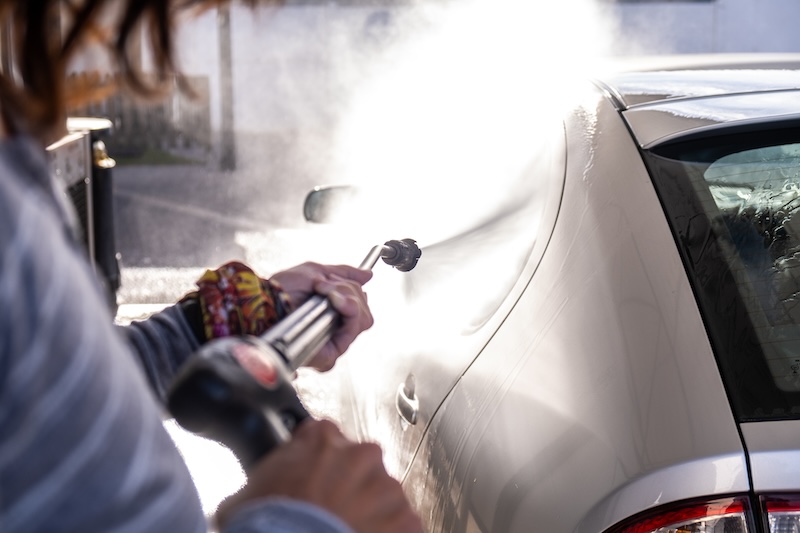Petrol and diesel ban 2035: what does it mean for you?

The sale of new petrol and diesel cars and vans will be banned in 2030, before the 2035 deadline for all vehicles to be fully zero-emissions at the tailpipe comes in.
So how does all of this effect you?
Why is there a ban?
The upcoming ban comes as part of the government’s plan to end its contribution to climate change, and boost jobs in the process. It aims to achieve this by reducing carbon emissions to help preserve our planet, reduce harmful pollutants in our towns and cities, and create economic opportunities.
With about a third of C02 emissions in the UK coming from transport, the ban on conventional car sales will help the nation gear towards its target of net-zero by 2050.
What will the ban entail?
Step 1 will include the phase-out date for the sale of new petrol and diesel cars in 2030, while step 2 will see new cars and vans having to be fully zero emission at the tailpipe from 2035.
This has been brought forward from the original date of 2040 because experts insisted that would be too late for the UK to achieve its targets. The Science and Technology Committee, for example, recommended back in 2019 that it should be fast-tracked.
Cars with the capability to drive a significant distance with zero emissions – such as plug-in hybrids or full hybrids – will be allowed to remain on sale until 2035, at which point they too will be banned.
Will electric cars become more affordable?
With the end of petrol and diesel cars now in sight, the cost of an EV might be at the forefront of your mind. EVs are currently a more expensive option, though the Committee on Climate Change predicts the cost of electric cars will be similar to that of petrol or diesel vehicles by around 2024-25.
Forecasts from BloombergNEF also predict they’ll be cheaper to produce than conventional, fossil fuel-powered vehicles by 2027, which will make them cheaper to buy.
Will there be enough public EV charging points?
While it’s hard to know how many charge points will be needed to accommodate a rise in EV demand, a driver is never more than 25 miles away from a rapid chargepoint anywhere along England’s motorways and major A roads, the Department for Transport (DfT) claimed last year.
At the time of the November announcement, the Prime Minister also pledged to invest £1.3 billion to speed up the roll-out of chargepoints in UK homes, streets and motorways so people can more easily charge their vehicles.
However, in February DfT figures indicated that while there were more than 20,000 public electric vehicle charge points in the UK, they are unevenly distributed across the country.
What will happen to old petrol and diesel cars?
It will still be possible to buy second-hand petrol, diesel and hybrid cars after 2035. The ban applies only to new car sales of these vehicles.
Londoners have the option of scrapping vehicles that don’t meet the Ultra-Low Emission Zone requirements through a scheme announced by Sadiq Khan. There is currently no UK-wide scrappage scheme.
However, you won’t have to scrap or convert your current combustion-powered vehicle as the ban only applies to new car sales. You will still be able to drive your petrol and diesel car legally on UK roads beyond 2030, until your vehicle’s lifespan comes to an end.
What about fuel?
Also part of the government’s plans to slow climate change, is petrol that emits less C02. New E10 petrol started to be rolled out across UK forecourts from 1 September. It has up to 10% renewable ethanol content, up 5% from typical E5. Drivers can check whether their petrol car will be able to use the new fuel with the government’s online tool checker.
To find out more about how the UK is faring ahead of the petrol and diesel car sale ban, see our report on EV uptake being on the rise.


